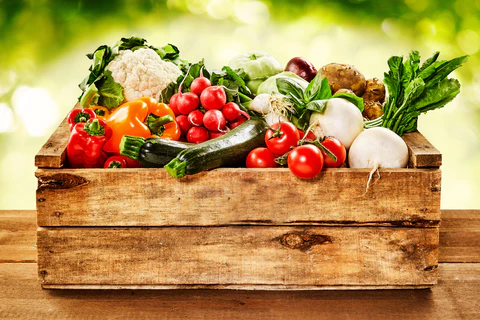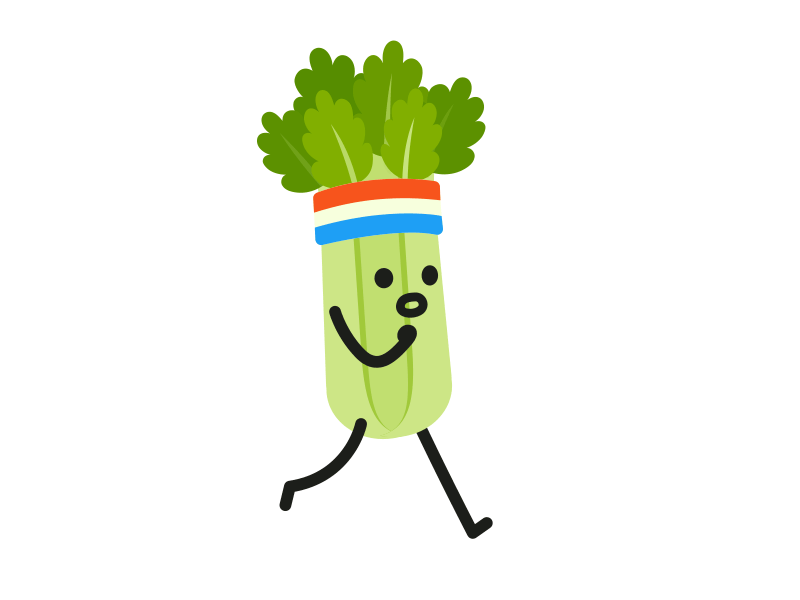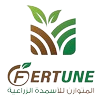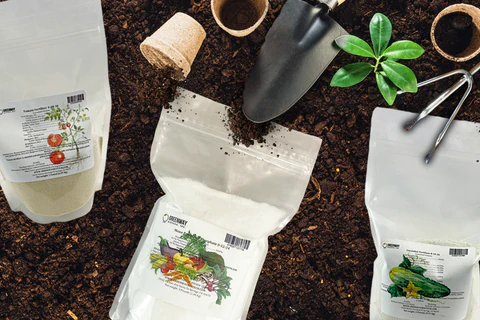

Modern foliar fertilizers are concentrated solutions using very high grade technical elements, in which the nitrogen (N), phosphorus (P) and potassium (K) are combined to the desired ratio in a controlled environment.
The fertilizing elements in this method are true solutions, soluble, and thus very plant available.
This is in contrast to soil applied (solid) fertilizer, which is applied as a powder or granules to the soil in dry form. This then, has to be dissolved, by moisture (rain) to be plant available via the roots. In other words, it has to dissolve into the soil solution to be available.

To these foliar solutions, trace elements in the form of chelates are added, along with other additives to give a balanced fertilizer, supplying not only NPK, but all the trace elements as well as growth hormones, vitamins and so forth.
PLANT COMPOSITION
Plants are composed of the various elements in the proportions indicated below on which modern foliar fertilizers are based.
16 elements are considered essential for plant growth.
Table 1. Internal Concentrations of Essential Elements in Higher Plants - Concentration in Dry Tissue
| ELEMENT | PPM | % |
| Hydrogen | 60,000 | 6 |
| Carbon | 450,000 | 45 |
| Oxygen | 450,000 | 45 |
| Nitrogen | 15,000 | 1.5 |
| Potassium | 10,000 | 1.0 |
| Calcium | 5,000 | 0.5 |
| Magnesium | 2,000 | 0.2 |
| Phosphorus | 2,000 | 0.2 |
| Sulphur | 1,000 | 0.1 |
| Chlorine | 100 | 0.01 |
| Boron | 20 | 0.002 |
| Iron | 100 | 0.01 |
| Manganese | 50 | 0.005 |
| Zinc | 20 | 0.002 |
| Copper | 6 | 0.0006 |
| Molybdenum | 0.1 | 0.00001 |
These essential elements are divided into two groups:
- macronutrients: those required in relatively large quantities including carbon, hydrogen, oxygen, nitrogen, phosphorus, potassium, calcium, magnesium and sulphur
- micronutrients: those required in small quantities including iron, chlorine, manganese, boron, zinc, copper and molybdenum

As you can see the biggest proportion by far is hydrogen, carbon and oxygen which make up 96% of the plant and are freely available from the air and water.
All of the other elements make up the remaining 4%, of which the major elements nitrogen, phosphorus and potassium make up 2.7%, leaving 1.3% minor or trace elements.
Carbon, hydrogen and oxygen which form the actual plant structure are readily obtainable from air and water, specifically carbon dioxide or water. Along with chlorine, which is found in most water sources, these elements are generally not considered in the formulation of foliar solutions.

The following illustrates the amount of each nutrient in Kgs/ Hectare, in pasture of 2000 kg DM/ Hectare:
Table 2 | |||
| Nitrogen 90 | Phosphorus 7 | Potassium 44 | Sulphur 6 |
| Calcium 5 | Magnesium 4 | Sodium 3 | Zinc .03 |
| Copper .01 | Boron .05 | Cobalt .0002 | Selenium .000008 |
Depending on the application required, foliar fertilizers can be formulated to meet very specific plant requirements.
NPK
According to The Fertilizer Institute, Fertilizer 101: The Big 3 - Nitrogen, Phosphorus and Potassium:
All growing plants need 17 essential elements to grow to their full genetic potential. Of these 17, 14 are absorbed by plants through the soil, while the remaining three come from air and water.
Generations of soil science have yielded knowledge of how to test nutrient levels in soil, how plants take them up and how best to replace those nutrients after harvest. That’s where fertilizer comes in.
Nitrogen, phosphorus and potassium, or NPK, are the “Big 3” primary nutrients in commercial fertilizers. Each of these fundamental nutrients plays a key role in plant nutrition.
- Nitrogen is considered to be the most important nutrient, and plants absorb more nitrogen than any other element. Nitrogen is essential to in making sure plants are healthy as they develop and nutritious to eat after they’re harvested. That’s because nitrogen is essential in the formation of protein, and protein makes up much of the tissues of most living things.
- The second of the Big 3, phosphorus, is linked to a plant’s ability to use and store energy, including the process of photosynthesis. It’s also needed to help plants grow and develop normally.
- Potassium is the third key nutrient of commercial fertilizers. It helps strengthen plants’ abilities to resist disease and plays an important role in increasing crop yields and overall quality. Potassium also protects the plant when the weather is cold or dry, strengthening its root system and preventing wilt.

Image compliments of www.saferbrand.com and their blog, Learn The Six Plant Growth Stages.
Plant requirements for trace elements can also be addressed through a leaf analysis.
Certain soil conditions, such as pH, excess moisture, or cool temperatures, may render a nutrient or a number of nutrients unavailable to the plant root.
Nutrient demand curves indicate that there are stages in a plant's life-cycle when demand for some nutrients may be greater than its physiological capacity to supply itself, even when these soil nutrients are available in abundant supply. This often occurs during the development of fruit or grain.
Data from trials on crops, show that increases in yield and/or grade, results from applications of foliar nutrients during these periods of peak demand.
Foliar fertilizers can be designed to meet a plant’s specific needs for one or more micro and macro nutrients--especially trace minerals and enables one to correct deficiencies, strengthen weak or damaged crops, speed growth and grow better plants.
Foliar applications can also be targeted to a particular stage of crop development to achieve specific objectives and is an excellent way to "fine tune" a high fertility program.
EARTH SMART SOLUTIONS OFFERS 2 TYPES OF FOLIAR FERTILIZERS:
1. PROPEL – FOLIAR FERTILIZER
Propel is a broad-spectrum, super concentrated fertilizer for use in reduced synthetic fertilizer programs on grain crops, pulse crops, rice and so forth. It is formulated with high grade macro and micro nutrients, plant extracts, amino acids, enzymes, proteins, vitamins, minerals, and complex carbohydrates. Propel can be used alone or in conjunction with chemical inputs in any standard crop management program.

2. ESFF – FOLIAR FERTILIZER FOR FRUITS, VEGETABLES & ROOT CROPS
ESFF is a broad-spectrum natural garden fertilizer formulated for flowers, trees, shrubs, fruit, vegetables, root crops and ornamentals. It contains a mixed cultured solution with high grade macro and micro nutrients, amino-acids, complex carbohydrates, vitamins and minerals and proprietary constituents.

Many different NPK formulation combinations can be made, depending on the application required. The same elements that make up foliar fertilizer are required for plant growth and development, and are formulated to meet quite specific plant requirements. (see Table 1.)

 English
English
 Arabic
Arabic




















